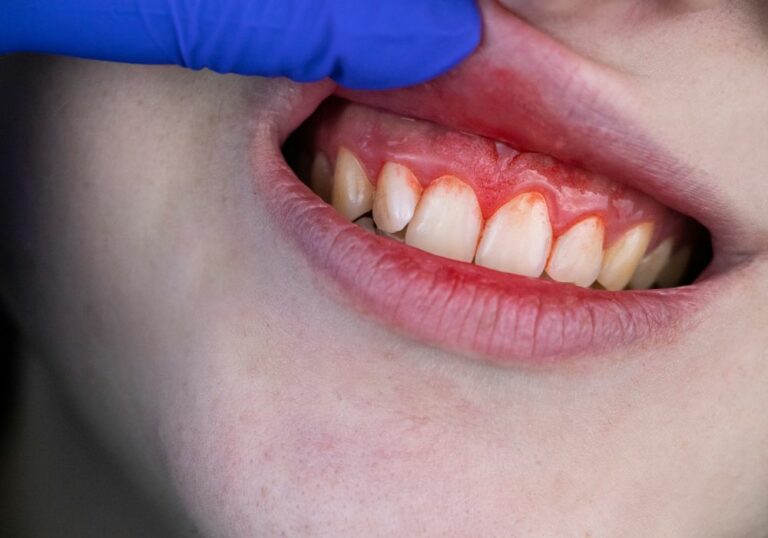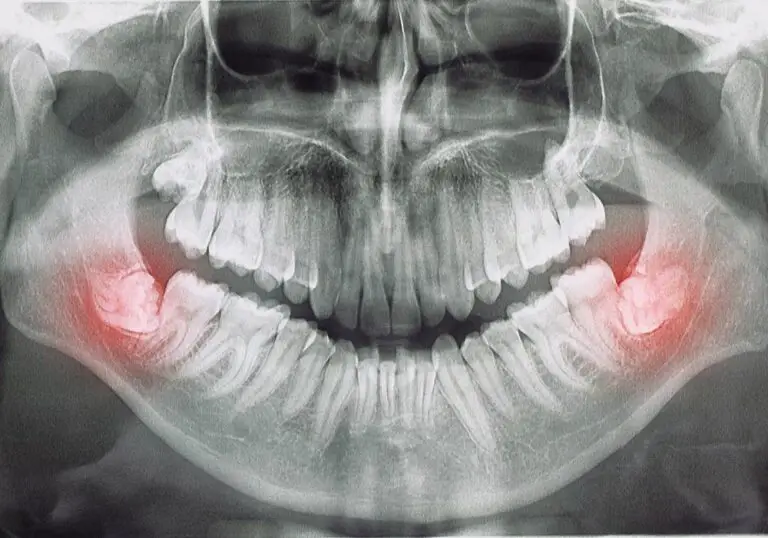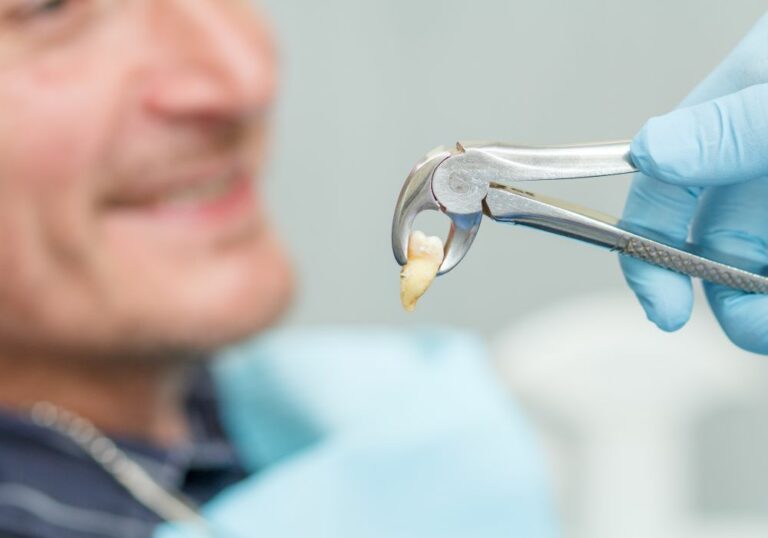The west coast of Florida near Venice is a true paradise for fossil hunters. This region is renowned across the globe for its sheer abundance of fossilized shark teeth that regularly wash up along its sandy beaches. In particular, Venice Beach has gained fame as the premier destination for finding a bounty of shark teeth. On a typical day combing the shoreline here, it’s possible to discover dozens of these prehistoric treasures with just a bit of searching. So what makes the Venice area such a rich hotspot for fossilized shark teeth compared to other coastal regions? The reasons stem from a fortunate convergence of ideal conditions, both modern and ancient.
Ideal Conditions for Fossil Formation

There are several key factors that explain why Venice’s beaches are so generously littered with fossil shark teeth compared to other shorelines:
Warm Shallow Seas of the Miocene Epoch
Going back in time some 15 million years, Florida was completely submerged underwater during the Miocene epoch. The state was covered by a warm, shallow sea teeming with marine life. One predator that flourished in these waters was the shark. Dozens of ancient shark species hunted fish, turtles, marine mammals, and other prey throughout the region’s seas. These sharks naturally shed thousands of teeth while ravaging their prey. Dead teeth littered the seafloor daily.
Phosphate-Rich Sediments
The geology of the sea floor along Florida’s west coast consists of soft, fine-grained phosphate sediments. Phosphate particles originate from the breakdown of marine organisms over time. These mucky phosphatic sediments form an ideal environment for preserving delicate fossils like shark teeth. As teeth sank to the bottom, they became embedded in the soft sediments where they hardened undamaged over time. Coarser sediments like sand would grind teeth down as currents shifted, but the soft phosphate muds protected them.
Ideal Depth for Preservation
In addition to the gentle sediments, the depth of the Miocene seas along western Florida played a key role. Shallow nearshore zones provided ideal conditions for phosphatic fossilization to occur. Teeth were buried under just enough protective sediment layers in the gentle waving back and forth of shallow waters. By contrast, deeper zones were less hospitable to fossils as teeth sank further down into crushing pressure and corrosive seawater.
Upwelling Nutrient Currents
The sea floor along Florida’s Gulf coast also benefits from a phenomenon known as upwelling. These are currents that carry cold, nutrient-rich water up from the depths towards the surface near the coastline. The injection of nutrients fuels blooms of phytoplankton that support a rich marine food web. During the Miocene, upwelling would have nurtured a bounty of prey fish, meaning more sharks congregating to feed. More sharks hunting equated to more shed teeth accumulating on the productive sea floor over time.
Cyclical Sea Level Changes
Sea levels have risen and fallen dramatically over the millennia. During the Miocene, seas were 100 to 200 feet higher than present day. As sea levels later receded, massive accumulations of teeth and other fossils concentrated together as the land surface was exposed. The thick deposits of shark teeth offshore became concentrated into the relatively narrow modern shoreline we see today. Without rising and falling sea levels, fossils would still be dispersed across a much wider continental shelf.
Ideal Tooth-Shedding Shark Species
The specific types of sharks that inhabited Florida’s prehistoric seas also contributed to the wealth of teeth available today. Prolific tooth-shedding species like tiger, lemon, bull, and mako sharks left behind a disproportionate number of fossils compared to sharks that replace teeth less often. Their rapid tooth regeneration and feeding habits ensured a constant rain of teeth onto the seabed, ready to be preserved.
The Most Common Shark Species Behind Venice’s Bounty
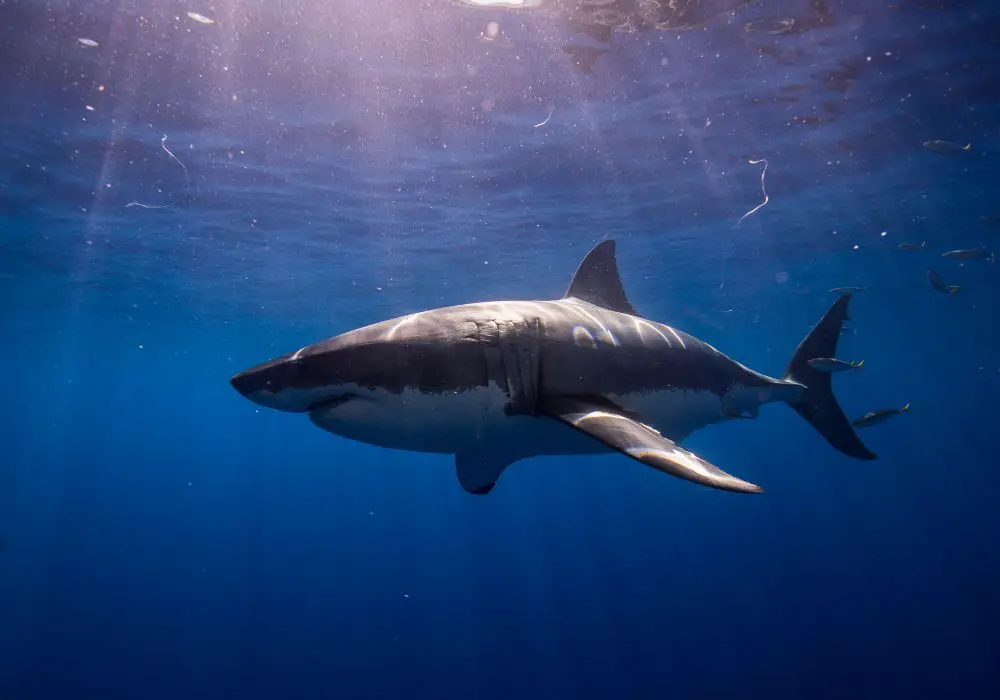
So exactly which species of sharks are responsible for all those fossilized choppers littering Venice’s shoreline? Here is an overview of the most common types of shark teeth found along area beaches:
Tiger Sharks
The primary source of today’s fossil teeth originally came from tiger sharks. Their teeth are thick and triangular in shape with highly serrated edges. Tiger shark teeth range from around 2 to 5 centimeters in size. They frequently broke while biting through hard-shelled prey like sea turtles, leaving many durable fossils behind.
Bull Sharks
Bull shark teeth are another very common find along Venice beaches. They have a broad, triangular shape similar to tiger shark teeth but with even more pronounced serrated edges like a steak knife. Most fossil bull shark teeth found around Venice are 3 to 5 centimeters long.
Lemon Sharks
Lemon shark teeth are notably smaller and thinner than tiger or bull shark teeth. They have a slight curve and pointed tip with smooth cutting edges rather than serrations. Most lemon shark teeth average just 1 to 3 centimeters in length. Their smaller size allows them to escape notice among shell debris, making them an exciting find.
Makos and Great Whites
Remains from large sharks like makos and great whites turn up less frequently. Makos have slender, pointed teeth with smooth edges and an angled neck separating the root. Great white teeth are similar but larger and thicker with serrated edges. Both average about 2 to 5 centimeters long. These larger teeth stood less chance of preservation compared to smaller teeth.
Sand Tiger Sharks
Sand tiger shark teeth are another type commonly found that are thinner with fine serrations. They have a graceful curve and sharp point. Most sand tiger teeth average just 1 to 2 centimeters long, but their abundance helps them accumulate over time.
Hammerheads
The unusual teeth of hammerhead sharks are relatively rare but make notable finds. Their teeth have an angular, chisel-like shape with a notch on each side of the base. Most measure only 1 to 3 centimeters long, but their unique shape is unmistakable.
The teeth shed by tiger, bull, lemon, and other highly active shark species contributed most significantly to the Miocene fossil deposits that later became concentrated into Venice’s present-day beaches. Their durable mineral composition and small size enabled them to readily fossilize in huge numbers over millions of years.
Prime Shark Tooth Hunting Grounds in Venice
Where are the best places to start searching for shark teeth once you arrive in Venice? Here is an overview of the beaches and areas offering fossil hunters the greatest chances of success:
Venice Beach
Also known as Brohard Beach, Venice Beach is the undisputed Mecca for shark tooth hunting. This shoreline is world famous for its bountiful fossils. After storms or strong winds, piles of shark teeth sometimes wash up by the handful along the waterline. But teeth can be found year-round. Prime areas are where dark shelly sand deposits meet the lighter beach sand. Searching the high tide line yields smaller specimens, while larger teeth get left behind lower down. Early mornings before crowds arrive offer the calmest conditions.
Caspersen Beach
Just south of Venice Beach, Caspersen Beach is another excellent hotspot to search for sharks’ teeth. Look for zones of darker sand, which often concentrate more fossils. Inlet areas that connect to creeks winding through mangroves can accumulate teeth washed in from the Gulf. The best windows for tooth hunting here are 2 to 3 hours before or after low tide when more of the fossil beds are exposed.
Manasota Key
The long sandy peninsula of Manasota Key lies north of Venice Beach. Its south-facing beaches can produce sizable hauls of fossil teeth, especially near the tip. Look for teeth among clumps of seagrass accumulations washed up at the high tide line. Tidal pools that form at low tide are also prime areas to spot specimens. The views and sunsets over the Gulf of Mexico provide a scenic backdrop while fossil hunting along Manasota Key.
Myakka River
Florida’s Myakka River flows into the Gulf near Venice, creating a unique inshore environment to find shark teeth. Wade along sandbars and gravel shoals in the river’s shallow waters. Teeth accumulating in riverbeds wash downstream and gather in such areas. Searching after heavy rainfall or flooding provides fresh batches of fossils to discover. Just be watchful of occasional alligators patrolling Myakka’s waters!
Inlets and Creeks
Small inlets or creeks that cut through the area’s mangroves and empty into the Gulf can be minor treasure troves. Search their mouths for teeth brought in on tidal flows. Fossils accumulate in the bends and sandbars found within smaller inlets that aren’t heavily trafficked by boats. However, be mindful of boating safety and avoid impeding watercraft passage in narrow channels.
No matter which Venice beach you choose, the odds of finding shark teeth are high. Simple visual scanning where waves lap against the sand is often enough to reveal dozens of dark fossils. Venice’s unique composition means that nearly every visit offers chances to uncover evidence of Florida’s prehistoric seas.
Seasons and Conditions for Peak Tooth Hunting
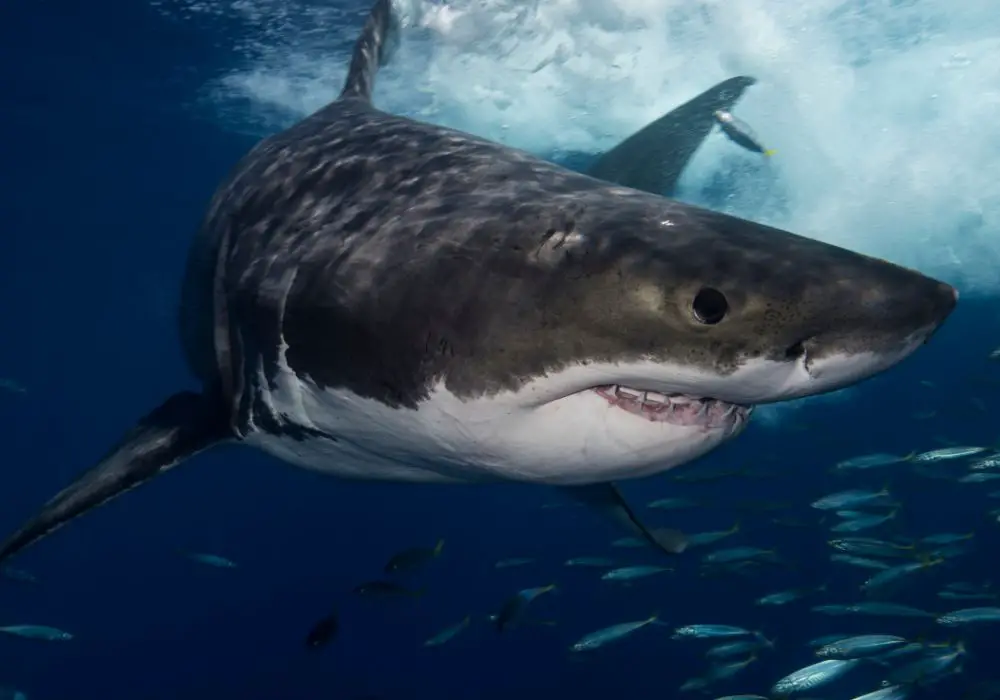
Fossilized shark teeth can be found year-round on Venice’s bountiful beaches. However, certain seasons and tidal conditions dramatically increase your chances of success:
Winter and Spring
The best time of year for finding shark teeth is during the cooler months of winter and spring. Starting in November and through April, less vegetation covers the beaches, water levels are lower, and fewer people compete for fossils. Winds and storms more frequently scour sediments and deliver fresh batches of teeth. The sunshine is welcoming compared to summer’s sweltering heat too!
After Major Storms
Keep an eye on the weather forecasts for hurricanes, tropical storms, and unusually strong frontal systems passing through the Venice area. The aftereffects of such storms stir up sediments just offshore, uncovering buried teeth. Head to the beaches a day or two after big storm events to take advantage of the waves and currents exposing fossils onshore. Just use caution on beaches with high surf.
Incoming and Outgoing Tides
Aim to search for shark teeth in the 2 to 3 hours before or after low tide. More of the beach is exposed, concentrating fossils for finding. High tide completely submerges many teeth under feet of water, while mid-tide can churn up cloudy conditions. Late morning outgoing tides or late afternoon incoming tides provide the best visibility.
Overcast and Cooler Days
Although sunshine lights fossils up, hot direct sun can be overwhelming. Cooler cloudier days are often more pleasant for long hours of tooth hunting. Overcast conditions reduce glare and shine that can camouflage teeth. And less competition from sunbathers means more teeth left behind!
Timing your shark tooth hunts carefully using tide charts, weather radar, and forecasts goes a long way towards maximizing your success.
Why Shark Teeth Accumulate in Such Numbers
Venice Beach earns its reputation as the “Shark Tooth Capital of the World” thanks to an uncanny confluence of several natural factors that concentrate fossils:
- Abundant Source Material – Huge numbers of teeth were shed by sharks into the ancient seas, creating a sizable base deposit.
- Ideal Preservation Conditions – Soft, gentle phosphate sediments perfectly enabled delicate teeth to fossilize without being destroyed.
- Concentrating Effects of Sea Level Change – Dropping sea levels left original extensive deposits compressed into a narrower shoreline.
- Upwelling Currents – Injections of nutrients fueled marine ecosystems supporting dense shark populations that shed copious teeth nearshore.
- Durable Tooth Composition – The hardy enamel and dentine construction of teeth resisted deterioration over epochs.
- Tooth-Shedding Shark Species – Prolific teeth producers like tigers, makos, and bull sharks dominated the regions’ seas.
- Continuous Natural Sorting – Modern currents and storm events continuously uncover and sort fossils from the jumbled buried layers offshore.
This rare alignment of natural conditions gave rise to the shark tooth bonanza Venice is famous for worldwide today. An equivalent abundance simply isn’t found along most other shorelines.
Factors in Venice’s Shark Tooth Abundance
| Factor | Description |
|---|---|
| Abundant source material | Huge numbers of shark teeth were originally shed into Miocene seas |
| Ideal preservation conditions | Phosphate sediments enabled fossilization without damage |
| Concentrating sea level changes | Dropping sea levels compressed deposits into a narrow shoreline |
| Upwelling currents | Nutrient influxes supported dense shark populations |
| Durable tooth composition | Tooth enamel and dentine resisted deterioration |
| Tooth-shedding shark species | Tigers, makos and others shed teeth prolifically |
| Continuous natural sorting | Currents and storms continuously uncover fossils from offshore |
The Process of Fossilization
How do the pristine shark teeth that constantly litter Venice’s shoreline actually come to be preserved for millennia? The progression from recently living tissue to fossilized bone, tooth, or shell involves some remarkable transformations. Here is an overview of how shark teeth progress through the process of fossilization over untold eons:
Stage 1: Death
Inside a living shark’s mouth, rows of specialized teeth work in conveyor-belt-like fashion. As teeth become worn or broken, they are shed and replaced within days or weeks. These now-useless teeth simply fall into accumulating sandy debris on the seafloor.
Stage 2: Rapid Burial
Gradually the discarded teeth become mixed in and covered by layers of fine sediments. Venice’s phosphate sands blanket the teeth before currents or scavengers can scatter them. Burial protects teeth from deteriorating influences like water currents, chemical exposure, and bacteria.
Stage 3: Gradual Permineralization
Encased in sediment, the tooth slowly undergoes permineralization as groundwater containing dissolved minerals seeps in. Minute mineral compounds like fluorapatite and hydroxyapatite infiltrate the tooth, bonding in crystal structures that replicate its shape. These precipitated minerals transform soft tissues into stone.
Stage 4: Compression
Over hundreds and thousands of years, the weight of accumulating overlying sediments compresses the mineralizing tooth. Internal pores and minor features collapse and fuse. This compression strengthens the fossil.
Stage 5: Exposure via Erosion
Finally, after millennia, shifting sea levels or coastal erosion bring the entombed tooth back up to the earth’s surface. Wave action and weathering break down the sediments encapsulating the fossilized tooth, allowing collectors the chance to experience a shark’s tooth in pristine condition millions of years later!
The Science Behind Shark Teeth
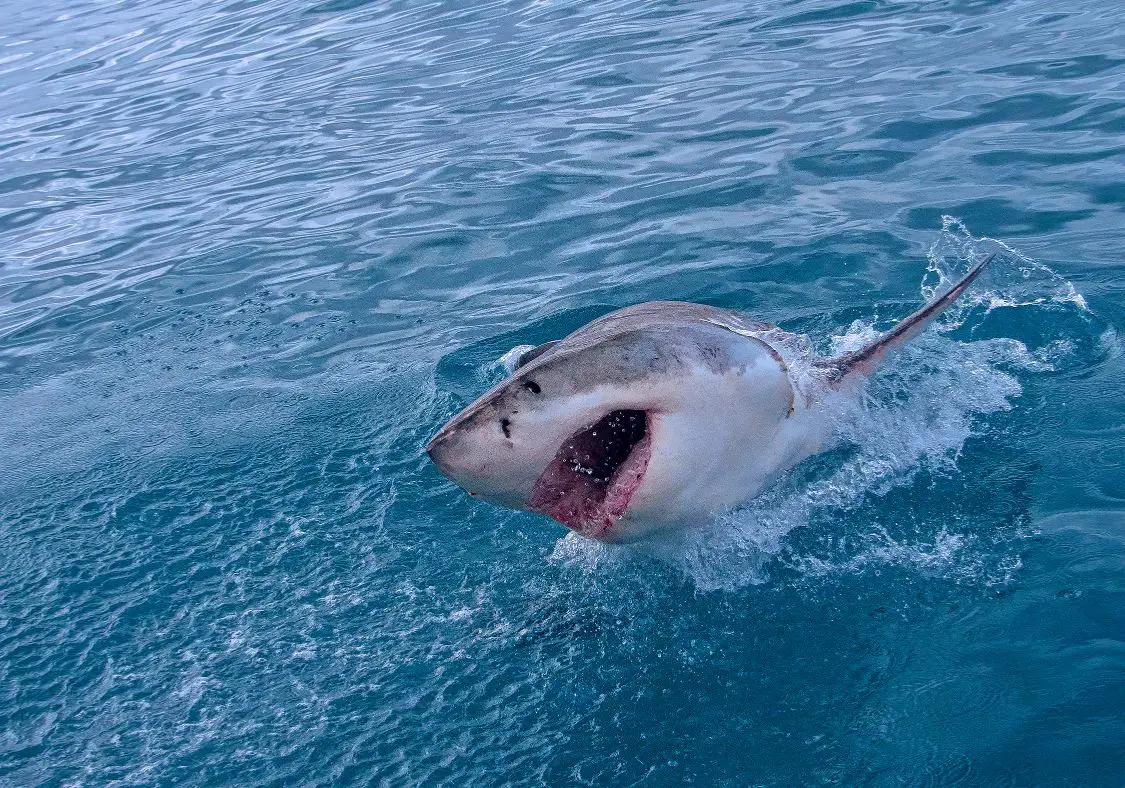
Shark teeth rank among the most specialized feeding tools crafted through natural evolution. They perform an incredible variety of functions that match diverse diets and hunting methods. Here are some key insights into the science and biology behind these marvels of aquatic evolution:
- Sharks constantly regenerate their teeth throughout life. They can produce over 20,000 teeth in a lifetime!
- Teeth are arranged in conveyor-belt-like rows within cartilage capsules in a shark’s jaw. New teeth rotate forward as old teeth get shed.
- Shark tooth mineralization consists mainly of fluropatite crystals reinforced by an enamel coating for added strength and insulation.
- Tooth shapes and serrations are specifically adapted to diet. Serrated teeth like those of great whites allow sawing through flesh, while rounded teeth help crush hard-shelled prey.
- Different teeth positions serve distinct roles: frontal teeth grasp prey, intermediate teeth penetrate and cut flesh, and rear teeth crush shells.
- Shark teeth are anchored directly into the gums rather than a bony jaw since shark skeletons are made of cartilage.
- As young sharks grow, their successively developing teeth increase in size and evolve in angulation to match their growing hunting needs.
Shark teeth represent phenomenally optimized natural technology. Their unique mineralized composition enables them to readily fossilize as well, giving us glimpses into sharks’ evolutionary past.
The Legalities of Collecting Shark Teeth
The hobby of shark tooth hunting has exploded in popularity given the abundance of fossils available in the Venice area. However, it’s important for enthusiasts to understand the legal guidelines surrounding collecting shark teeth on Florida’s public beaches:
- Small scale collecting of loose shark teeth is permissible on public beaches as long as it is for personal non-commercial use.
- Technically the fossils still belong to the state of Florida. Mass collecting or selling requires permits.
- Digging into the beach face and sediments is illegal. Only surface collecting of already loose teeth is allowed.
- No collecting is permitted within the boundaries of state parks or other protected natural areas like national seashores.
- Only collect teeth deposited on dry beach areas. Never pick up modern teeth from the seabed while wading or diving offshore.
- Take care to backfill any incidental holes dug by animals or erosion after collecting specimens.
- Always yield right of way to lifeguards and avoid beach access violations or closures. Safety comes first.
- Collect modestly and responsibly. Don’t take more teeth than you can reasonably appreciate and curate.
With some common sense and ethical collecting habits, shark tooth aficionados can enjoy the hunt while being thoughtful stewards promoting conservation.
Fossil Hunting Safety Tips and Ethical Guidelines
Searching for shark teeth and other fossil treasures along Venice’s beaches can be an incredibly fun and rewarding outdoor activity. However, there are some important safety precautions collectors should take. Additionally, adhering to certain ethical guidelines helps ensure the continued preservation of this unique resource. Here are some key tips to keep in mind:
Safety Tips
- Be constantly aware of your surroundings and the incoming tides. Get to know tidal patterns and schedules.
- Wear closed toe shoes with good traction that you don’t mind getting muddy and wet.
- Check weather forecasts and avoid fossil hunting during storms, high winds, or unusually high tides that can sweep over exposed areas.
- Bring plenty of water and snacks to maintain energy and hydration during long hours on the beaches.
- Don’t turn your back on the surf and be cautious around slippery rocks where unexpectedly large waves can strike.
Ethics Guidelines
- Never dig into cliffs, rock faces, or the compacted layers of the beach itself. This damages unique geologic features.
- Avoid trampling delicate coastal habitats like dunes, marshes, and sea grass beds that support wildlife.

